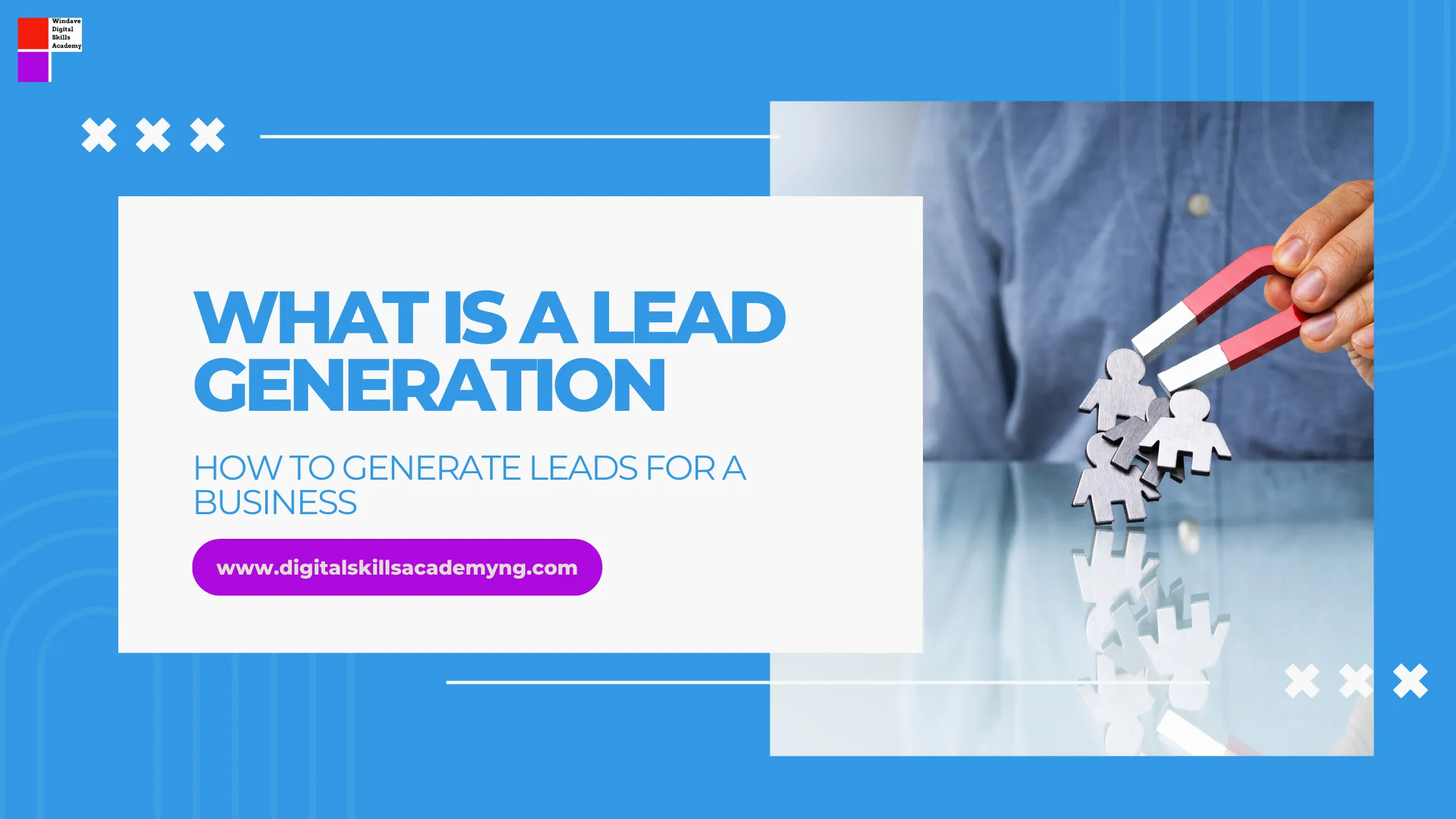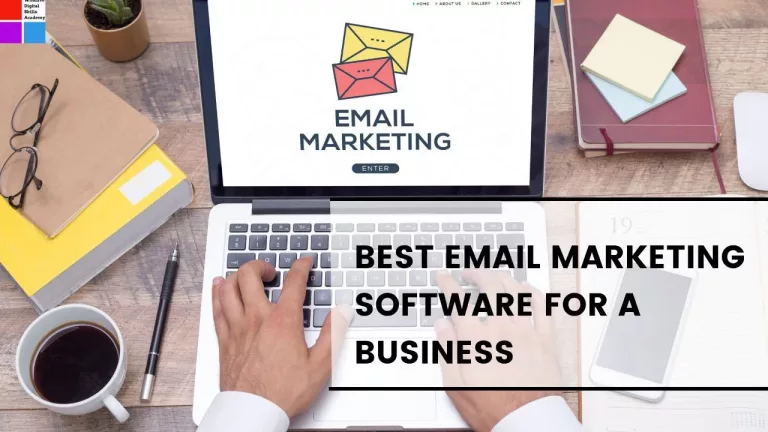What is Lead Generation and How to Generate Leads for a Business
Lead generation means identifying, and converting potential customers into interested clients for a business’s products or services. Imagine you’re an akara seller in Ikeja, you cannot possibly sell akara to every person on the road. You decided to use certain tactics and strategies to attract those interested in your snacks.
What Is a Lead?
Table of Contents
This refers to a potential client that shows interest in a company’s products or services. Not everyone and anyone is considered a lead due to differences in preferences and needs, and this is a mistake most businesses make. They market to everyone instead of those interested in their services.
Let’s get into the different types of leads.
Types of Leads
Marketing Qualified Lead (MQL):
This refers to contacts who have engaged with the company’s marketing efforts like interacting and participating in social media campaigns or ads but are not ready to purchase. The best way to convert an MQL is to nurture them. This can be done by strategic and tailored communication e.g. creating personalized email sequences and offering content based on what they’re interested in.
An example of an MQL is someone who subscribes to newsletters.
Sales-Qualified Leads (SQL):
These leads are in the final stage of their customer journey, meaning they’re ready to purchase. People in this category are considered potential customers.
Service Qualified Leads:
This is a potential or existing customer that has shown a strong interest in purchasing a product or service and is usually identified by the customer service team.
Hot Leads:
These individuals display strong buying signals, and prospects ready to convert.
Warm Leads:
These are people who are somewhat interested in your product or services. It’s easy to convert warm leads if they are presented with the right offer. Such offers include massive discounts on their first purchase or free trials.
Cold Leads:
Refers to potential customers that may or may not have heard. They leave little to no interest in your business. Nurturing them is much harder than other types of leads.
Lead Generation
Lead generation is the process of identifying and attracting potential customers and converting them into paying customers. It involves the creation and maintenance of potential customers that are obtained through marketing ads and campaigns from the sales team.
Why is Lead generation so important?
- It targets the right customers: Lead generation is used to find prospects who have already shown interest in the company’s products and services. This paves the way for businesses to concentrate its efforts on targeting specific markets, saving costs, and boosting revenue.
- Increases brand awareness: Lead generation increases brand awareness by helping “Leads” understand and learn more about your brand; business offers, its benefits, etc.
- Customers offer insights: Lead generation entails gathering data and information about a brand’s target audience such as needs, wants, and preferences. This information helps to tailor your marketing and communication tactics to meet the needs of your clients properly. It is gathered through interactions with the prospects such as filling out a form or survey.
- Brand Loyalty: With lead generation, brands are able to build large communities of like-minded individuals who are interested in the company’s products and services.
This is mostly done through inbound, outbound, and sales marketing alignment techniques.
Types of lead generation process
Inbound Lead Generation:
An inbound lead is any potential customer that initiates contact with a company or responds to its marketing efforts. Some marketing strategies used in inbound lead generation include content marketing, email marketing, SEO, and social media. This can be achieved through blogs, videos, websites, and other publications.
Outbound Lead Generation:
This method involves engaging with potential clients who may not know about your product. Outbound leads are those prospects who have shown interest in a brand’s services or products but have not bought anything yet. Some effective outbound lead generation strategies are cold messaging, pay-per-click, and multi-channel outreach.
How to Attract Quality Leads
Identify your target audience:
The first step is to figure out “Who” you’re targeting for your lead generation campaign. Develop a buyer persona. Using both market research and real data from existing clients, you can construct a fictional version of what your ideal customers would want. Then you would be able to adjust your content it correlates with the customer’s most “wants and needs” of your products or services, not simply someone who belongs to a large audience but is likely to make a purchase.
Pick your lead generation strategy:
This involves posing basic questions that customers may ask at the beginning of the sales process. You should also identify common client objections and the strategies you can use to address them. Now that you understand your audience, you need to define your goals by setting clear objectives, evaluate available resources by looking at your financial budget, and the technology and team at hand, and explore different techniques and align them to buyer personas. An example is if your clients are active on Instagram, use Instagram ads to your advantage.
Launch and Observe:
Once you’ve compiled your audience list and creative materials, it’s time to launch and track your results. This is essential because it enables you to assess the success of your lead-generation strategies. You can observe which techniques generate the most leads. It also allows you to identify what works and what doesn’t so you can make more judgments about where to focus your resources and which techniques to optimize for better results.
In conclusion, managing lead generation is important for businesses to succeed in the digital space. You can use strategic lead generation methods to attract, engage, and convert prospects into committed clients. However, success in this does not end with the implementation of your methods but the ongoing monitoring, analysis, and optimization to react to changing market conditions and client preferences.
Remember, lead generation is not only about quantity but quality as well.
Remember to share and follow for more digital marketing content.




